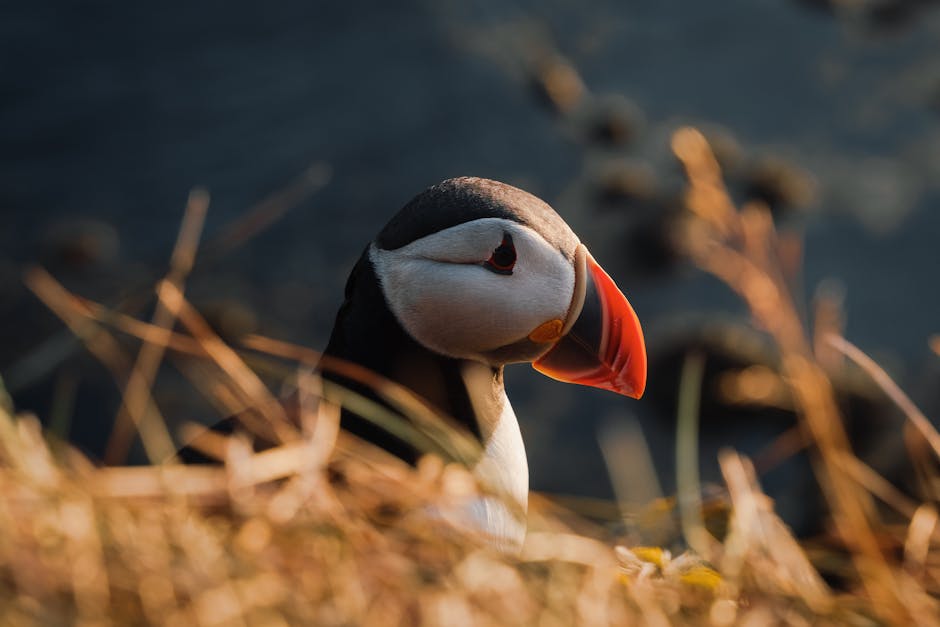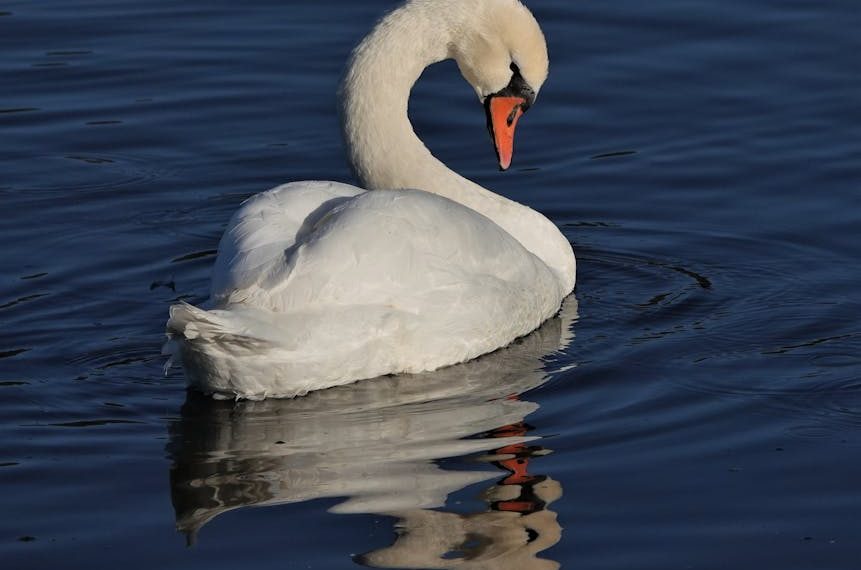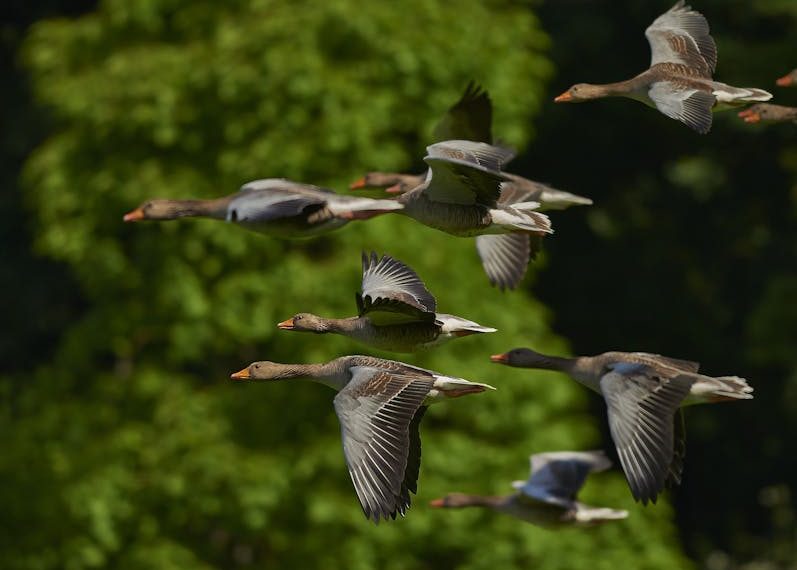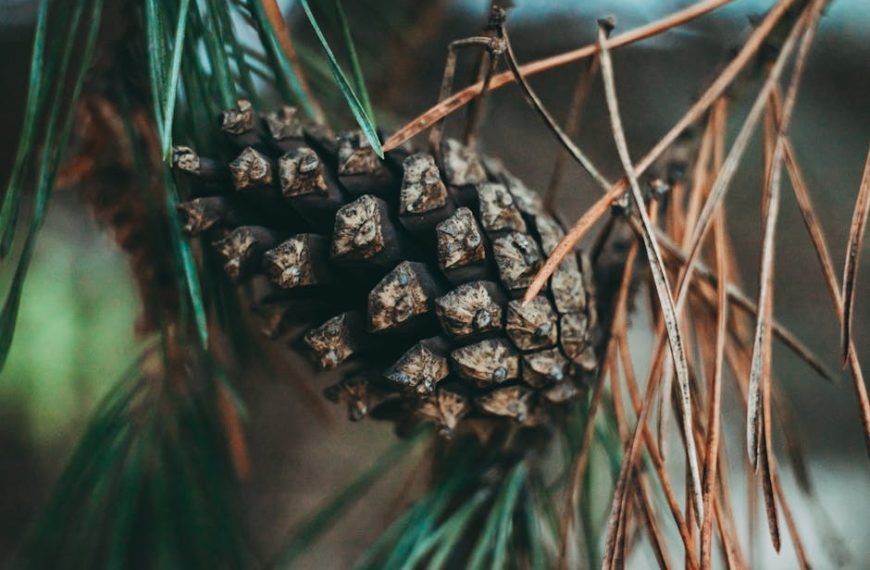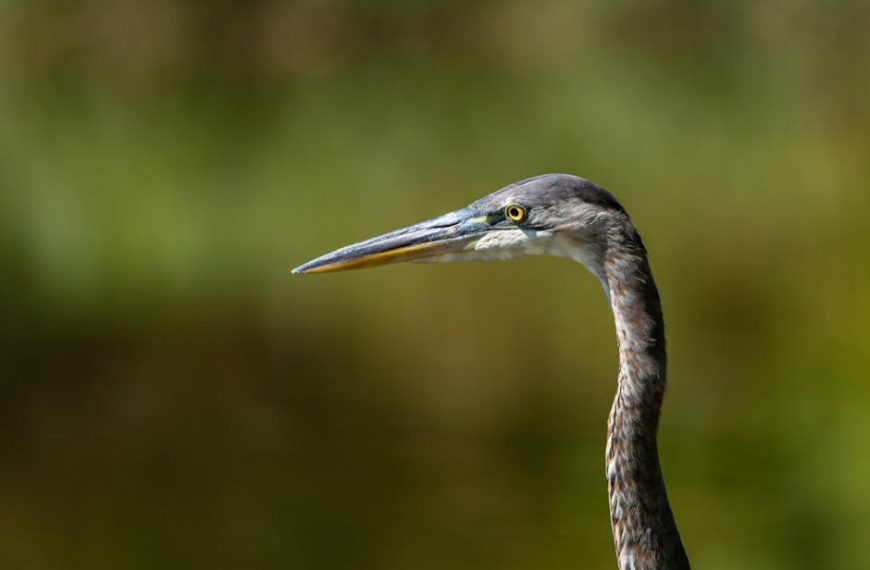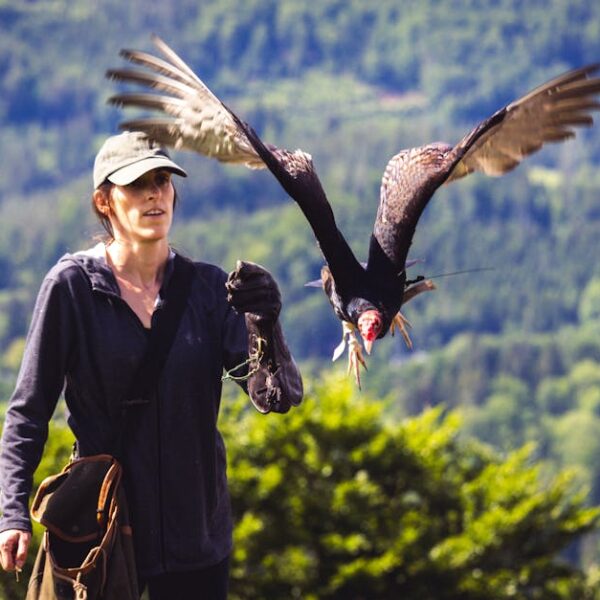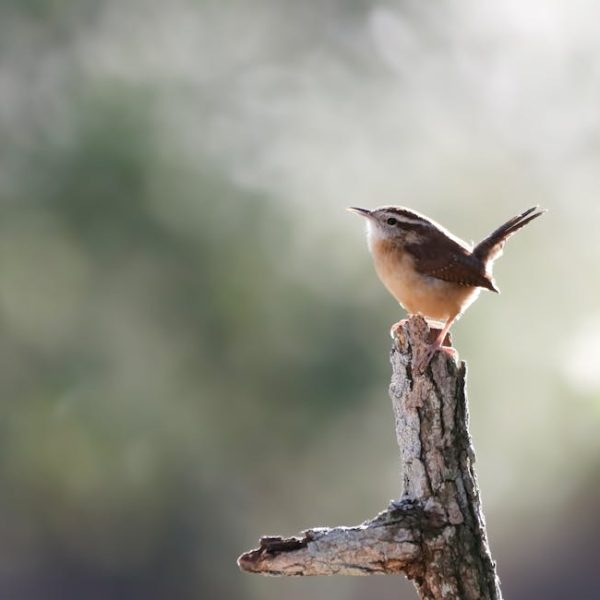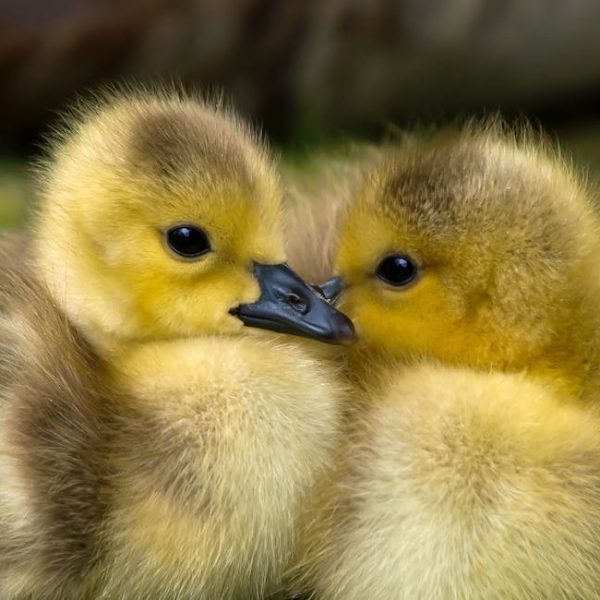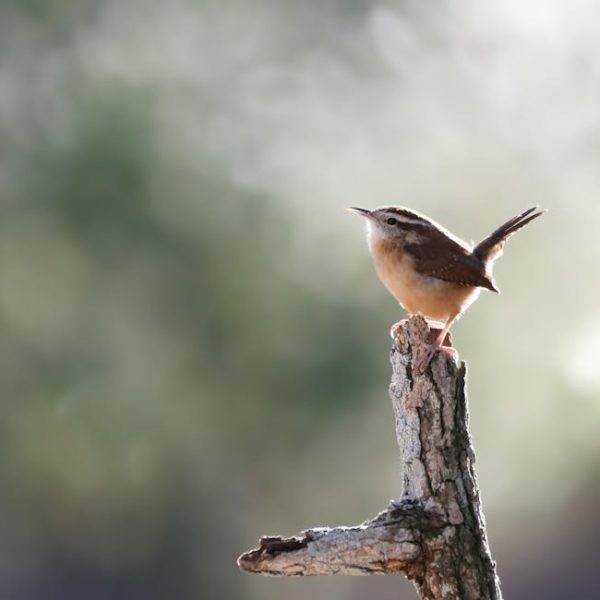Having birds regularly perching and nestling on your downspouts might seem picturesque, until you face the hassle of cleaning up the generated mess and the potentially damaging effects on your house drainage system. Thus, knowing how to deter these feathered guests from nesting in your downspouts can be a significant home maintenance skill.
Understanding Why Birds Nest in Downspouts
Birds are shrewd when it comes to choosing their nesting locations. Downspouts, unfortunately, often provide an ideal shelter. They offer security and isolation from ground-based predators. Metallic or plastic downspouts also regulate temperature, providing a comfortable environment for chicks.
Here’s a quick rundown of why birds favor downspouts:
- Relative safety from ground-based predators
- Isolation and quietness compared to tree branches
- Temperature stability especially in metallic downspouts
- Proximity to food and water resources
- A sense of security provided by the enclosure
Different bird species may have distinct nesting habits. Here’s a comparison table to understand better:
| Species | Nesting Habit | Typical Deterrents |
|---|---|---|
| Sparrow | Various man-made structures, downspouts | Bird spikes, decoy predators |
| Starling | Natural cavities, man-made holes, downspouts | Bird netting, bird gel |
| Pigeon | Building ledges, bridges, downspouts | Bird spikes, bird wires |
Identifying Common Bird Species that Nest in Downspouts
Identifying the bird species trying to nest in your downspouts can play a vital role in strategizing your approach for nesting prevention. Various birds require different deterrents due to their unique behaviors and nesting habits.
A few common birds prone to nesting in downspouts include:
- Sparrows: Small, plump brown-grey birds with short tails and stubby beaks.
- Starlings: Slightly larger than sparrows, glossy black birds with a distinctive purplish-green sheen.
- Pigeons: Generally gray with a slightly iridescent neck and a characteristic coo.
Effective Methods to Prevent Birds from Nesting
There’s a whole range of preventive measures and methods to deter bird nesting in downspouts. It’s vital to opt for humane and non-intrusive methods. These can range from deterrent devices like bird spikes and nets to natural deterrence like decoy predators.
Each method comes with pros and cons, including their efficiencies, cost, and the degree of humaneness; these factors should be on your checklist when selecting a deterrent. No one-size-fits-all solution works for every home or bird species, so understanding the context is essential.
Up next, we’ll discuss how regular inspection and maintenance of your downspouts play a crucial role in keeping them bird-free.
Downspout Maintenance and Regular Inspection
Keeping your downspouts clean and in proper condition are among the simplest and most effective ways to prevent bird nesting. Whether an existing nest is causing a blockage or you want to reduce the chances of a nest being built in the future, routine checks and maintenance can go a long way.
Here are some steps you can take to maintain your downspouts:
- Regularly inspect your downspouts for signs of nest building
- Clean out any debris such as leaves, twigs, or other potential nesting materials
- Ensure your downspouts are undamaged and firmly fitted in their fixtures, as loose fitting might make them more attractive to nesting birds
Pro Tip: If you come across a nest in your downspout, it is crucial to deal with it correctly. Avoid trying to remove a nest yourself during the breeding season, as it is not only illegal in many regions but can also harm the birds. Check your local wildlife laws or seek guidance from professional pest control services to safely and legally manage the situation.
Legal Considerations and Wildlife Protection Laws
There are laws and regulations in place to protect birds and their nests, and it’s essential to familiarize yourself with these before implementing any deterrence tactics. Some bird species are protected, which means their nests cannot be disturbed, while others may have specific regulations regarding nest removal during breeding seasons.
Here’s a list of possible considerations:
- Identify if the bird species is protected under local or national wildlife laws
- Understand the potential penalties for interfering with a nest during breeding seasons
- Learn about the legal methods available for bird deterrence and nest removal
While it might seem challenging to coexist with birds while maintaining the efficiency of your downspouts, it doesn’t have to be impossible. Employing humane deterrence methods, maintaining regular inspections, and being knowledgeable about local wildlife laws can substantially simplify the process.
Finally, remember that contacting local wildlife protection agencies or professional pest control services can provide valuable advice and assistance. They can help you navigate the complexities of laws, identify protected species, and safely and effectively manage bird nesting issues.
Key Takeaway:
- Birds often choose to nest in downspouts due to factors such as safety from ground-based predators, isolation, temperature stability, and convenience.
- Common bird species prone to nesting in downspouts include sparrows, starlings, and pigeons. Knowing their characteristics helps strategize suitable deterrents.
- Various preventative methods, both human and non-intrusive, can deter birds from nesting, such as bird spikes, bird gel, decoy predators, or bird nets.
- Regular maintenance and inspection of downspouts can prevent bird nesting and along with knowledge of the local wave life laws can simplify the management process.
Every homeowner faces unique challenges and the presence of birds nesting in downspouts may seem tricky to handle. However, with the right information and resources, we can coexist with nature, all while ensuring our homes are well-maintained. Make the most of the advice shared in this article and make an informed decision about the most suitable bird deterrence for your home.
FAQs
Q: What other parts of the house can birds nest in?
A: Apart from downspouts, birds can also nest in chimneys, vents, eaves, and any other secluded areas that offer shelter and safety from predators.
Q: Is there a specific time of the year when birds are likely to nest in downspouts?
A: Birds commonly nest during their breeding seasons. The timing may vary among species but typically occurs in spring and summer.
Q: Can birds nesting in downspouts cause damage to my property?
A: Yes. Birds nesting can cause blockages that lead to water damage. Their droppings can also be corrosive, causing harm to your property’s exterior.
Q: Can the use of ultrasonic bird repellents deter birds from nesting in my downspout?
A: Ultrasonic bird repellents can be an effective method, but their success may vary among different bird species. I would recommend consulting a professional or researching the specific bird species in question.
Q: What should I do if a protected bird species is nesting in my downspout?
A: In such a case, it’s essential to consult with a local wildlife protection agency or professional pest control service. They can provide necessary guidance on lawful and safe ways to manage the situation.
Feel free to share this article with anyone who might find this information useful, and don’t hesitate to explore more posts on our website!
